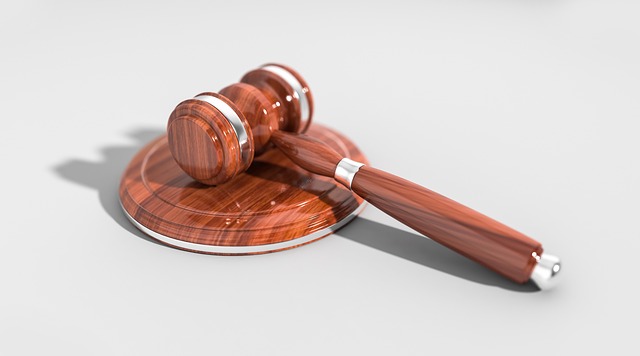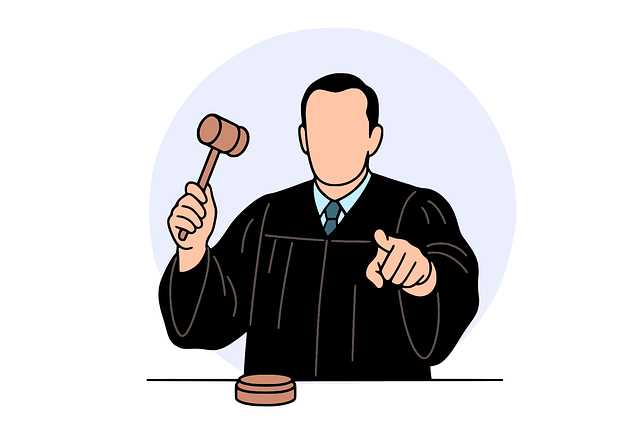The personal injury statute of limitations for minors varies from adult cases, offering a longer window due to their limited legal capacity. This extended period allows guardians to pursue claims on behalf of injured children, addressing issues like caregiver negligence or wrongful death. However, these timelines present challenges, with potential delays and specific requirements for wrongful death claims involving minors. Missing the deadline doesn't always end the case; strategic planning through an experienced attorney can explore extensions based on hidden harm or fraudulent concealment.
“Unraveling the complexities of personal injury law, especially for minors, is crucial. This article illuminates the intricate details surrounding the statute of limitations for children involved in accidents. We’ll demystify key differences in legal procedures when a minor is affected, offering insights into time-sensitive actions. Despite strict deadlines, exploring options after the statute expires is essential. Discover practical considerations and strategies to navigate these unique challenges, ensuring justice and fair compensation for young victims.”
- Understanding the Statute of Limitations for Minor's Personal Injury Cases
- Key Differences When a Child Is Involved in an Accident
- Navigating Legal Actions After the Time Limit Expires: Options and Consideration
Understanding the Statute of Limitations for Minor's Personal Injury Cases

When it comes to personal injury cases involving minors, understanding the statute of limitations is crucial. In many jurisdictions, there are distinct rules governing the time frame within which legal actions can be initiated on behalf of children who have suffered harm due to someone else’s negligence or intentional acts. This period, known as the statute of limitations, varies from place to place and is designed to balance the rights of the injured party with the need for defendants to have timely notice of claims against them.
For minors, the statute of limitations often starts from a later date than in cases involving adults. This is because a minor cannot legally bring a claim until they reach a certain age (usually 18 years old), giving them an extended period within which to pursue homeowner insurance claims or seek compensation for wrongful death or caregiver negligence if they were under the care of others at the time of their injury. Knowing and navigating these legal timelines is essential for ensuring that justice can be served and that individuals have access to the resources they need to recover from their injuries.
Key Differences When a Child Is Involved in an Accident

When a minor is involved in a personal injury incident, several key differences arise when navigating the personal injury statute of limitations compared to adult cases. The first consideration is the legal representation and capacity of the child. Minors cannot legally consent to legal agreements or represent themselves in court, which means guardians or parents typically take on this role. This can lead to delays in filing as appointments and authorization from legal guardians are required.
Additionally, the concept of time is perceived differently. Given that minors have a limited capacity for understanding their injuries and their legal rights, the personal injury statute of limitations is often tolled (suspended) until they reach maturity. This is distinct from employment disputes or breach of fiduciary duty cases where time is of essence. Moreover, in cases involving wrongful death, which can also apply to minors, there are specific legal frameworks that govern the timing of claims, further complicating the landscape for minor plaintiffs and their representatives.
Navigating Legal Actions After the Time Limit Expires: Options and Consideration

When a personal injury occurs, understanding the statute of limitations is crucial, especially for minors who may be involved. In many jurisdictions, there’s a set time frame within which legal actions can be initiated after an accident or harm. Once this period elapses, options for pursuing justice become limited. If a minor misses the deadline, it doesn’t mean their case is lost forever. There are avenues to explore, though they require careful consideration.
In cases where a minor has suffered injuries due to caregiver abuse, truck accidents, or employment disputes, among other scenarios, there might be opportunities to bring forward a claim beyond the standard statute of limitations. This could involve arguments of hidden harm or fraudulent concealment, where the responsibility lies with the defendant to disclose potential consequences. Each scenario demands strategic legal planning, and consulting with an experienced attorney is essential to explore these options effectively.
Understanding the specific rules surrounding the personal injury statute of limitations for minors is crucial for both victims and their families. Knowing the key differences in these cases allows for informed decision-making. If legal action is taken after the time limit expires, exploring options like tolling agreements or equitable tolling can provide avenues for justice. Remember, each case is unique, so consulting with a legal professional is essential to navigate these complexities effectively.






